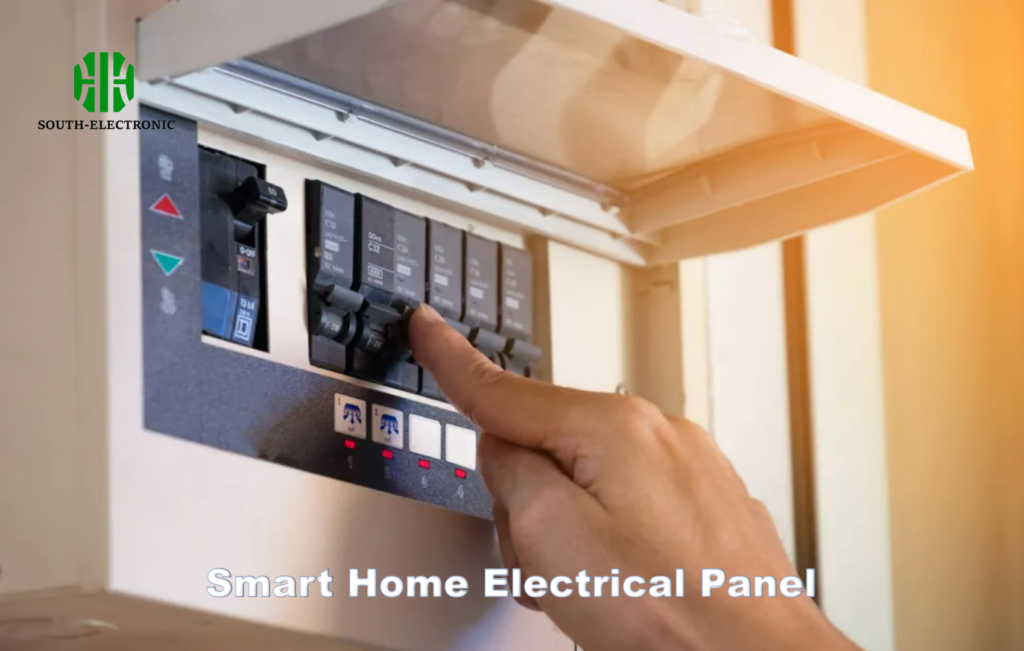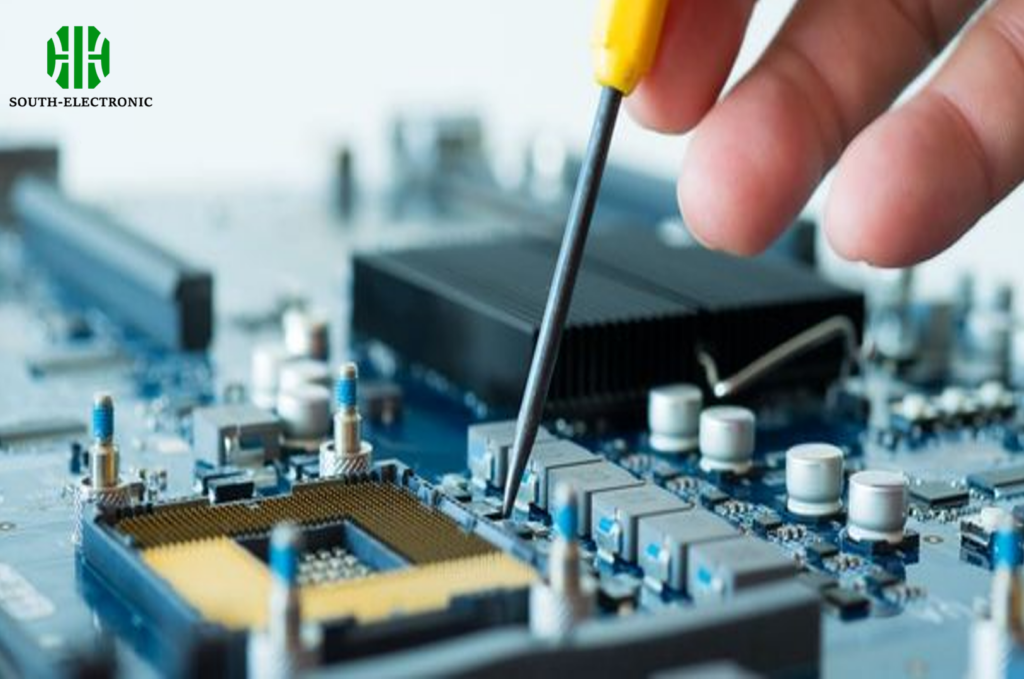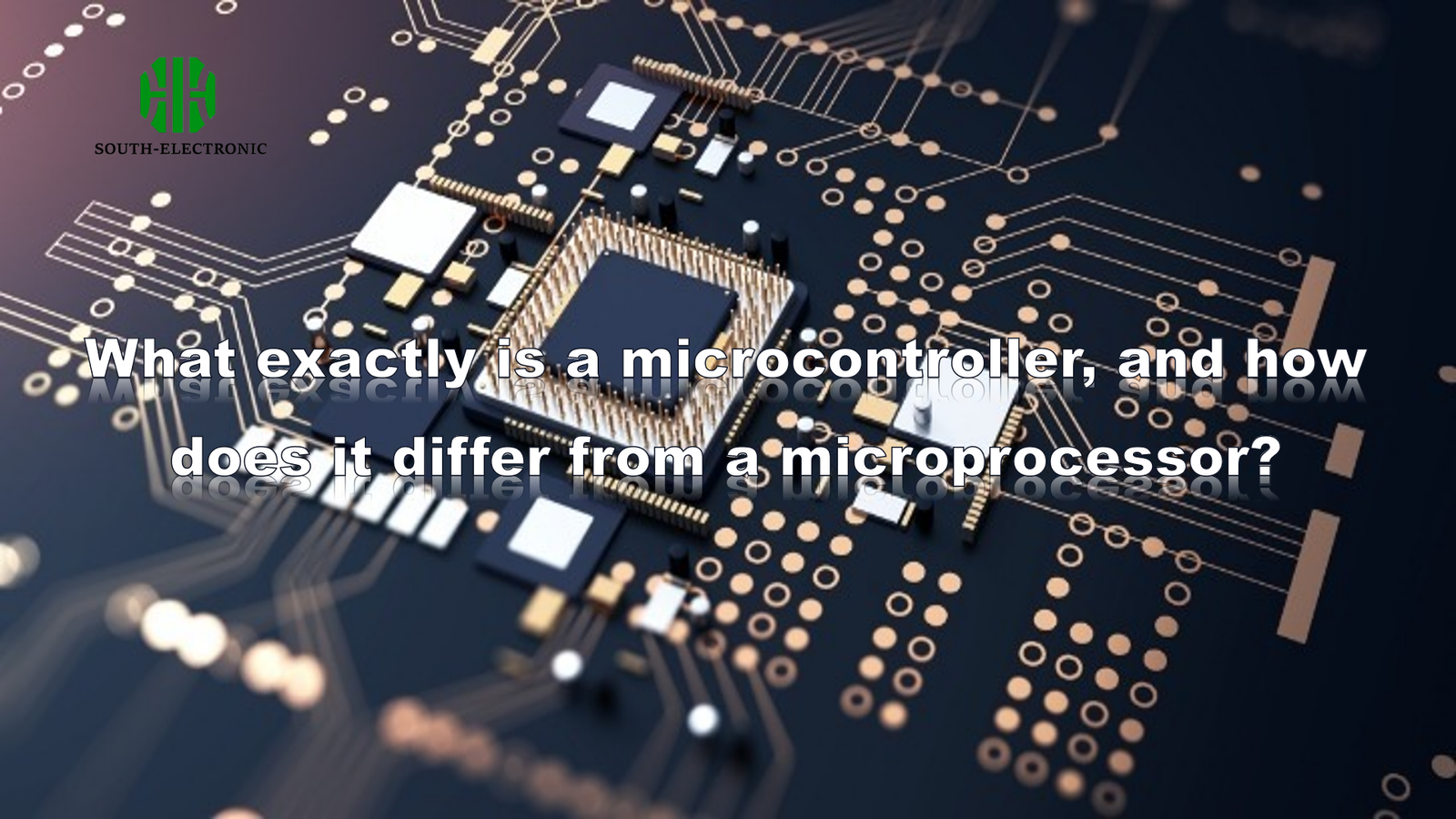Ever get confused about tiny computer chips? I did too. Let's cut through the jargon simply.
A microcontroller (MCU) integrates a processor, memory and peripherals like timers on one chip - perfect for dedicated tasks. A microprocessor is just a CPU needing external components to function. MCUs run your microwave clock while microprocessors drive your laptop.

Now you know the core difference. But their real-world uses might surprise you.
What are the top 5 real-world applications of microcontrollers today?
Imagine controlling devices without giant computers. I built a plant monitor with one.
Microcontrollers power daily essentials: home thermostats learning your habits, car braking systems preventing accidents, medical insulin pumps saving lives, industrial robots assembling phones, and fitness trackers counting your steps accurately.

Let's break down how they work in each field:
Sensing Environment Changes
Microcontrollers constantly monitor surroundings using tiny sensors. Take your car's airbag:
- Acceleration sensors detect crashes faster than human reaction time
- MCU processes this data in milliseconds
- Activates airbags before you hit the dashboard
| Function | Sensor Type | Response Time |
|---|---|---|
| Safety deployment | MEMS accelerometer | 0-15 milliseconds |
| Climate control | Temperature probe | 1-second scans |
| Health monitoring | Heartbeat sensor | Real-time beats |
Dedicated Task Processing
While phones juggle apps, MCUs excel at simple repeating jobs. Your washing machine needs no operating system. I programmed one to:
- Start cycles at cheap electricity hours
- Alert phone when finished
- Adapt spin speed to fabric weight
These focused operations require minimal processing power.
Power Efficiency Secrets
Battery life matters most for wearables. Microcontrollers use 1000x less power than phone chips by:
- Running basic clock speeds under 100MHz
- Triggering "sleep mode" between operations
- Eliminating unnecessary display drivers
It allows fitness bands to last weeks without charging.
Can you build professional projects with budget microcontrollers under $10?
Good hardware became shockingly affordable recently. My farm sensors use $2 chips.
Absolutely. MCUs like ESP32 ($8) offer Wi-Fi/Bluetooth with dual cores. STM32 boards ($5) handle industrial sensors. I've made commercial air quality monitors using Arduino Nano ($3) costing less than lunch.

Building pro devices requires smart choices:
Strategic Feature Selection
Focus on core functions first. My parking lot sensor only needs:
- Distance measurement
- Wireless transmission
- Basic alert logic
Skip unused extras like touchscreens or audio outputs.
Performance Limitations
| Budget pins constrain complexity: | Capability | $3 MCU Boundaries | Solutions I Use |
|---|---|---|---|
| Simultaneous tasks | 2-4 core processes | Prioritize critical jobs | |
| Data storage | 512KB max | Cloud syncing hourly | |
| Connection speed | 1 Mbps Wi-Fi max | Compressed data packets |
Avoid video streaming or AI analysis requiring $30+ chips. Stick to basic automation or sensor networks.
Prototyping Tweaks
First builds often fail. Expect 3 key adjustments:
- Temperature stability tests (some chips crash in field cold)
- Power fluctuations trials (brown-out resets fix failures)
- Signal interference checks (tin foil shields cheaper than upgraded boards)
Where can you find trusted microcontroller suppliers? (China, how to avoid counterfeit chips)
Finding real chips feels like treasure hunting. I lost $200 on fake ATmega328s once.
Buy from direct manufacturers like Espressif or STMicroelectronics-certified stores. Major sites I trust: LCSC for bulk, Seeed Studio for samples. Always verify QR codes on packaging and test sample batches first.

Stop counterfeits before they ruin projects:
Verification Workflow
Follow this checklist religiously:
| Step | Risk Missed | My Confirmation Method |
|---|---|---|
| Seller | Fake storefronts | Official partner lists only |
| Packaging | Reused/replica boxes | Scratch-off hologram check |
| Testing | Early failure rates | Burn-in tests (48hrs) |
Warning Signs
Suspect boards if you see:
- Spelling errors in documentation
- Misshapen USB ports
- Blurry logos on chips
- Prices under 50% market rate
I record every purchase for complaint evidence.
Safe Order Practices
Never buy full volumes immediately:
- Test 5 units first
- Compare performance to datasheets
- Cut one open - fake chips show empty interiors
I use Shenzhen-based Sourcify for audit support.
Conclusion
Microcontrollers manage dedicated tasks efficiently, unlike general microprocessors. They're in countless devices, work on any budget, and can be sourced safely. Start building now.



